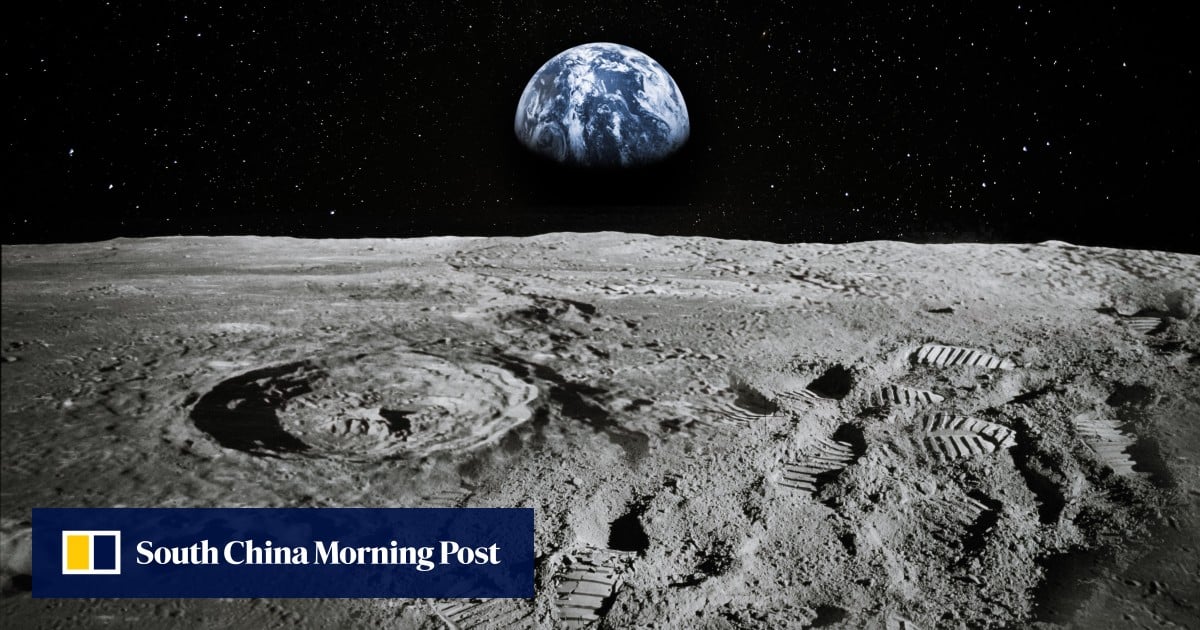Thai weather instrument will join Chang’e 7 moon mission
Scientists developing sensor to study solar storms and cosmic rays during lunar orbit The Sino-Thai Sensor Package for Space Weather Global Monitoring from the National Astronomical Research Institute of Thailand (NARIT) is among seven international payloads selected to fly with the Chang’e 7 mission in 2026. The 3kg instrument will contain a magnetic sensor which will point down towards the moon to monitor the magnetic field and send alerts to Earth during space weather events such as solar storms. The plan is to have a flight model built by the end of next year, so it can be shipped to China to be assembled and tested in time for the launch. Last November, the CNSA put a call out for international payloadings to ride with the mission to the moon’s south pole, including up to 15kg of instruments on the orbiter and 10kg on the lander. By April, 18 proposals from 11 countries had been received and are now in the engineering design phase.

Diterbitkan : 2 tahun lalu oleh Ling Xin di dalam Weather Science
Another detector, pointing upwards, will study low-energy cosmic rays in energy ranges that have never been continuously monitored before.
The 3kg instrument, to be mounted on the Chang’e 7 orbiter, will contain a magnetic sensor which will point down towards the moon to monitor the magnetic field and send alerts to Earth during space weather events such as solar storms , he said.
The Sino-Thai Sensor Package for Space Weather Global Monitoring from the National Astronomical Research Institute of Thailand (NARIT) is among seven international payloads selected to fly with the Chang’e 7 mission in 2026 . It is currently in the engineering design phase, according to project manager Peerapong Torteeka.
A scientific instrument to study space weather and cosmic rays, currently being developed by scientists in Thailand, will ride with China’s Chang’e 7 lunar mission, it has been revealed.
A couple of months later, he said the team was excited – and a little surprised – to learn that their proposal came second in the preliminary selection conducted by the China National Space Administration (CNSA).
Now, Peerapong and his coworkers from NARIT, Chiang Mai University and Mahidol University in Bangkok are working with Chinese partners from the National Space Science Centre in Beijing, among others, to fine-tune the detailed design and key technologies of the instrument.
The plan is to have a flight model built by the end of next year, so it can be shipped to China to be assembled and tested in time for the launch, said Peerapong, who spent six years in Beijing to earn his PhD in space engineering.
Chang’e 7 is China’s planned robotic mission to look for water ice near the lunar and test technologies for the construction of a moon base in the region. It consists of an orbiter, lander, rover, hopper and a relay satellite, and will carry more than a dozen instruments built by Chinese scientists.
Last November, the CNSA put a call out for international payloads to ride with the mission to the moon’s south pole, including up to 15kg of instruments on the orbiter and 10kg on the lander.
By April, 18 proposals from 11 countries had been received, according to the state-owned Science and Technology Daily.
Moon race: a visual explainer of lunar missions since the Cold War
On a list seen by the Post, seven of those proposals have passed the preliminary selection and are now in the engineering design phase.
These include a hyperspectral imager for water ice and lunar surface materials, a detector for lunar dust and electric fields, a moon-based telescope and a device for analysing negative ions on the moon. The proposals came from research institutions and NGOs in Asia, the Middle East, Europe and North America.
Founded in 2004, NARIT is the largest space research organisation in Thailand and operates the Thai National Radio Telescope in Chiang Mai, which can be used to monitor spacecraft trajectories during the implementation of ILRS missions.
Thailand joined the China-led ILRS project last month, with a NARIT delegation and CNSA’s Deep Space Exploration Laboratory signing a memorandum of understanding on Chang’e 7 and ILRS-related cooperation in Beijing on September 25.
Topik: China
